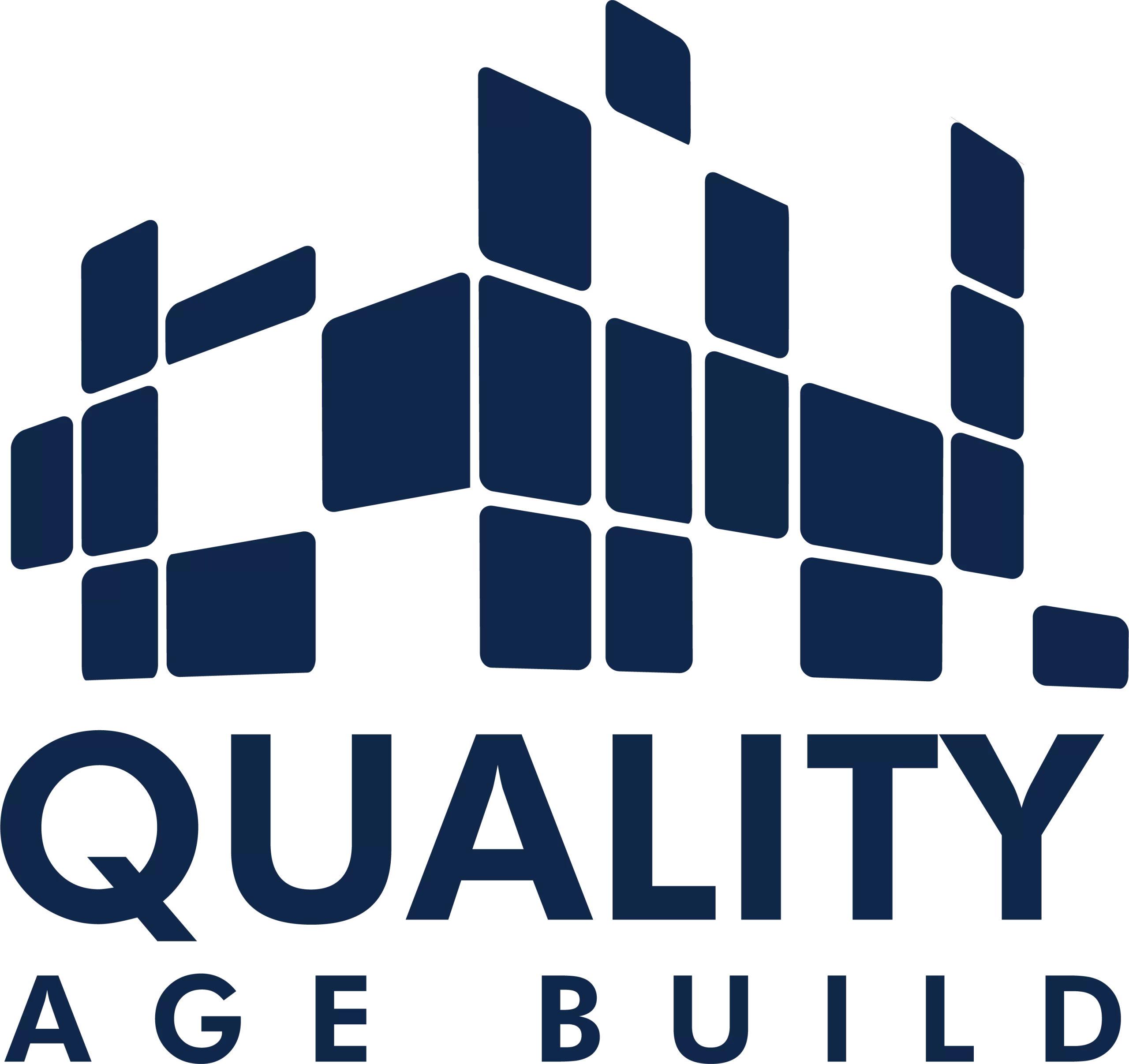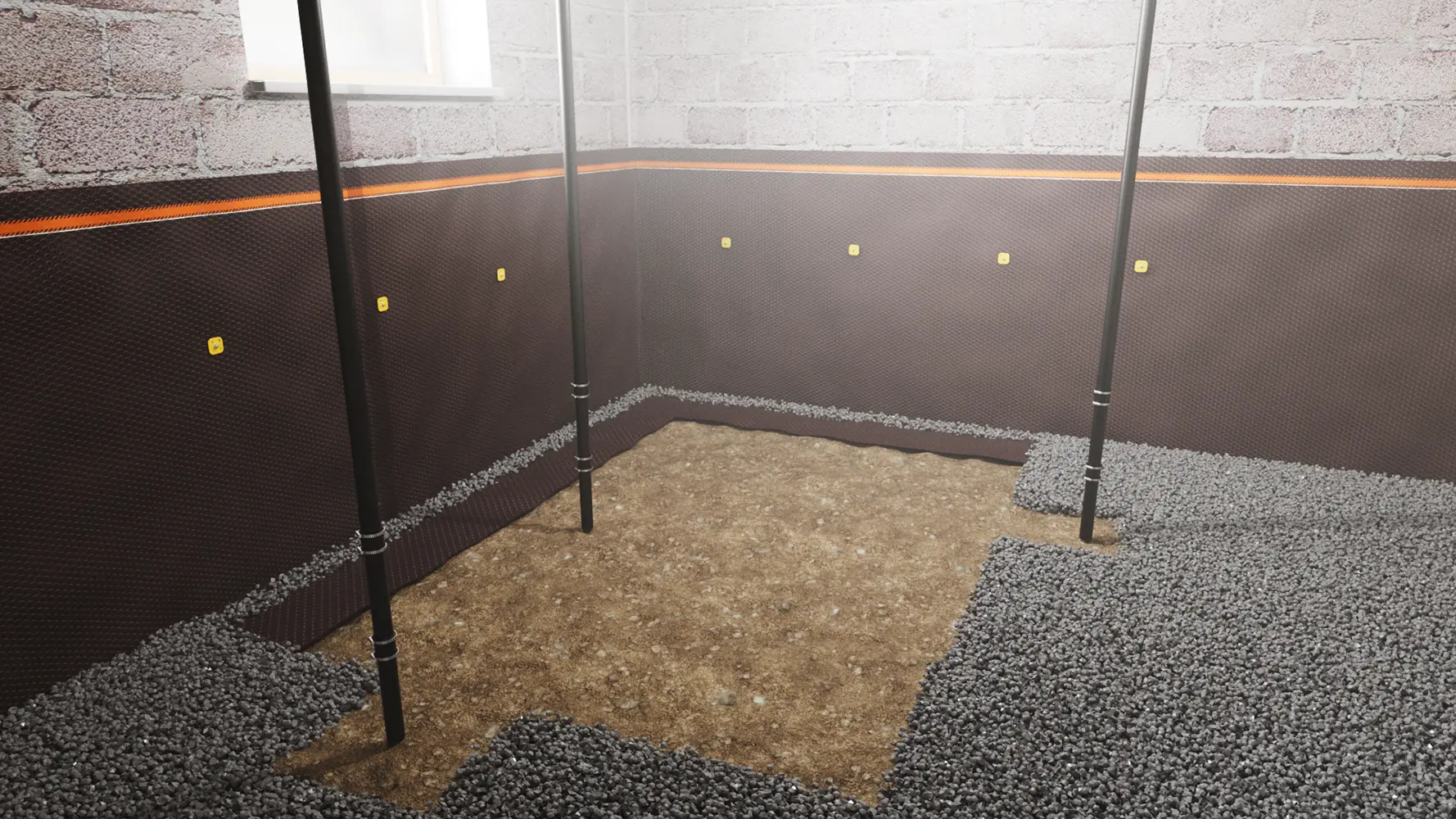In construction, commercial underpinning is performed to strengthen and stabilize the foundation of an existing structure. This is necessary when the original foundation is no longer strong enough to support the building, or when changes in the house or the surrounding area create additional loads on the support.
What is Underpinning?
Underpinning is a complex process that must be meticulously planned and executed by structural engineers and experienced contractors. It is carried out when the existing foundation is no longer stable or when external factors compromise its stability.
Why is Underpinning Necessary in Commercial Construction?
Underpinning in commercial construction is essential to address foundation issues and ensure the integrity of the building’s structure.
Quality Age Building provides professional underpinning services in Toronto. Specialists understand the importance of a strong foundation for proper load distribution on the entire construction. This increases its service life.
Foundation Settlement
Foundations deteriorate due to aging, improper construction methods, or the use of substandard materials. All these factors create new problems for businesses, which can be resolved with the help of qualified specialists and modern foundation reinforcement methods.
Soil Instability
Commercial buildings are often at risk of shifting, settling, or subsiding soil. Such damage can occur due to:
- Excavations or disturbances to soil integrity on neighboring properties;
- Groundwater levels, flooding, or prolonged drought;
- Natural soil movements.
Underpinning stabilizes the structure by transferring loads to deeper, more stable layers of soil or bedrock.
Supporting Structural Integrity
Supporting structural integrity involves methods used to ensure the building’s stability. They provide safety and the ability to withstand loads and external factors that develop over time.
Improving Load-Bearing Capacity
For a structure to serve for many years, its foundation must be designed considering the weight of materials and soil characteristics.
For safe load distribution, the following methods are applied:
- Leveling beams, columns, and load-bearing walls: Maintaining balance and support.
- Securing or installing piles: Strengthening and stabilizing the foundation.
- Durability and environmental resistance: Using high-quality materials (reinforced concrete, steel, advanced composites).
- Reinforcing the building and protecting against natural impacts: Steel braces, additional support systems, shear walls, or tension cables.
- Soil cementing, compaction, or retaining walls: Preventing soil erosion or settling.
- Transfer beams or column redistribution: Distributing loads from expansion or reconstruction.
- Using modern technologies (software): Performing calculations, analysis, and load planning.
Supporting structural integrity ensures safe and efficient performance of the structure’s intended purpose and functions throughout its service life.
Dealing with Expansion or New Construction
Whether it’s expanding a building, adding floors, or constructing adjacent structures, the process must consider load-bearing capacity and foundation adjustments. It is essential to ensure seamless integration of new elements with existing ones.
Indicators of Foundation Damage That Underpinning Can Fix
The main visible indicators of foundation damage include:
- Cracks on walls and ceilings;
- Bends or tilts in slabs and walls;
- Difficulty opening doors and windows;
- Sloping or sagging floors;
- A flooded foundation.
All these signs point to compromised structural support, making timely repair crucial.
Types of Underpinning Methods
When it is necessary to strengthen a building’s foundation, the following underpinning foundation methods are used:
- Wall strengthening;
- Installation of opposing corner piles;
- Screwing in helical piles with subsequent galvanized fastening to the foundation;
- Injecting resin under the foundation;
- Soil compaction;
- Strengthening with piles;
- Installation of small-diameter piles.
When selecting the appropriate strengthening method, consider the factors that caused the foundation damage.
Benefits of Professional Underpinning in Commercial Construction
The main advantage of working with a team of professionals for foundation strengthening is their expertise in this field. Builders often encounter such issues during repairs, giving them practical experience in resolving these challenges.
Enhanced Structural Stability
To improve the stability of a building’s load-bearing structure, it is essential to redistribute loads appropriately based on the cause of the damage.
Conduct a structural assessment, and hire a team of professional builders who can provide an expert evaluation with recommendations for further actions.
Increased Load-Bearing Capacity
The strengthening method allows the use of the most convenient and stable soil areas to bypass unstable ones. Supports are placed in strong and immovable ground, creating a reliable foundation base while preserving the facade.
Improved Property Value
Depending on which method is optimal for foundation reconstruction, suitable materials and equipment are selected, and a team of specialists is assembled. However, all these costs justify themselves because the building will serve its owner for many more years.
Cost Savings Over Time
Strengthening buildings can extend their lifespan by several decades.
This makes it a cost-effective investment, allowing you to preserve the building in its original location and appearance while enhancing the properties and durability of its foundation.
When assessing real estate, such factors can often play a significant role in increasing the property’s value.
Expertise and Accuracy
These principles are crucial at every stage of construction, especially for expansions or new building projects. They ensure safe and efficient execution while adhering to all regulations, minimizing risks.
How Quality Age Build Can Improve Your Projects
The professional team at Quality Age Building can assist you with an expert evaluation of your foundation’s condition, selection of the appropriate repair method, high-quality materials, and execution of complex construction tasks. We guarantee compliance with all standards and agreed timelines.
Conclusion
There are many reasons for the instability of a commercial building’s foundation. Various strengthening methods address these issues, improving the building’s durability and operational safety.
A professional team of builders will help you tackle such a challenging project and provide qualified foundation strengthening services.
Contact us
Quality Age Build Inc is at your service across the GTA. Request a quote today and ensure your property is in expert hands.
Related Services
Pair our expert guidance with our underpinning services to stabilize shifting soils, strengthen your foundation, and ensure lasting structural support.
FAQs
What are the main reasons underpinning is required in commercial buildings?
The primary reasons include soil settlement, foundation undermining by underground water, or unprofessionally executed construction work.
How long does an underpinning project typically take for a commercial property?
The timeline for foundation strengthening services depends on the method and scope of the defined tasks.
What are the costs associated with underpinning in commercial construction?
The costs depend on the scope of work determined by experts, including evaluation, materials, and the complexity of the chosen strengthening method.

